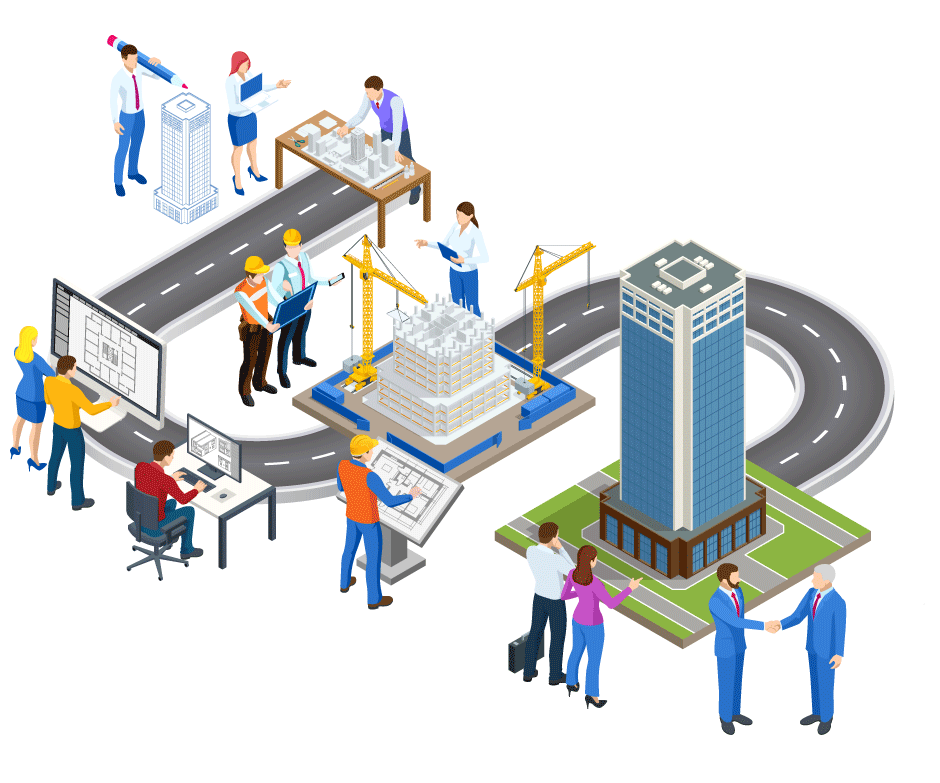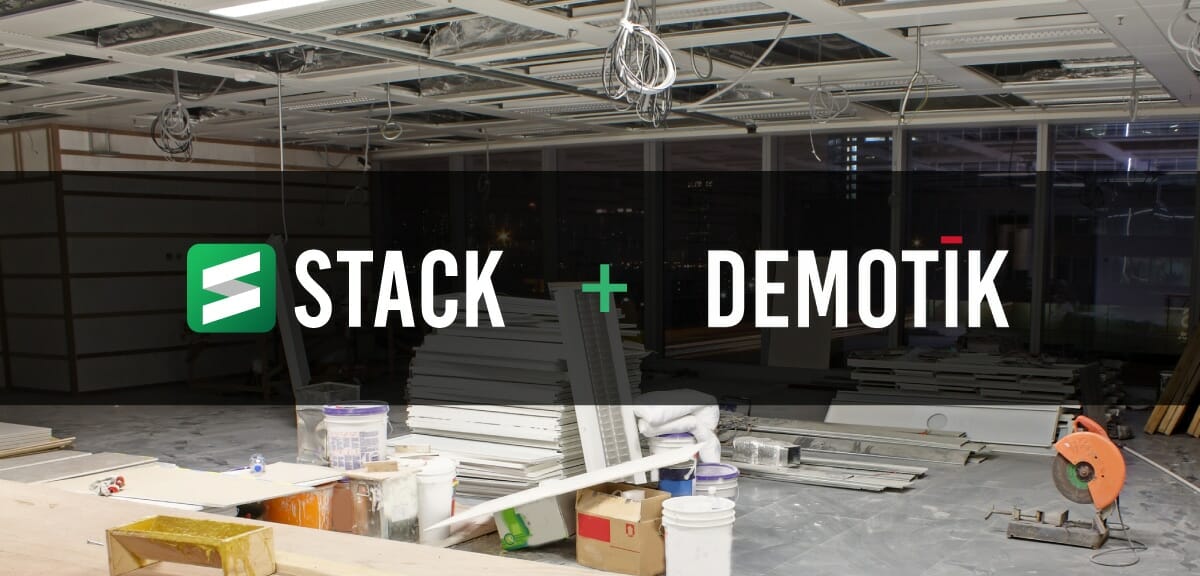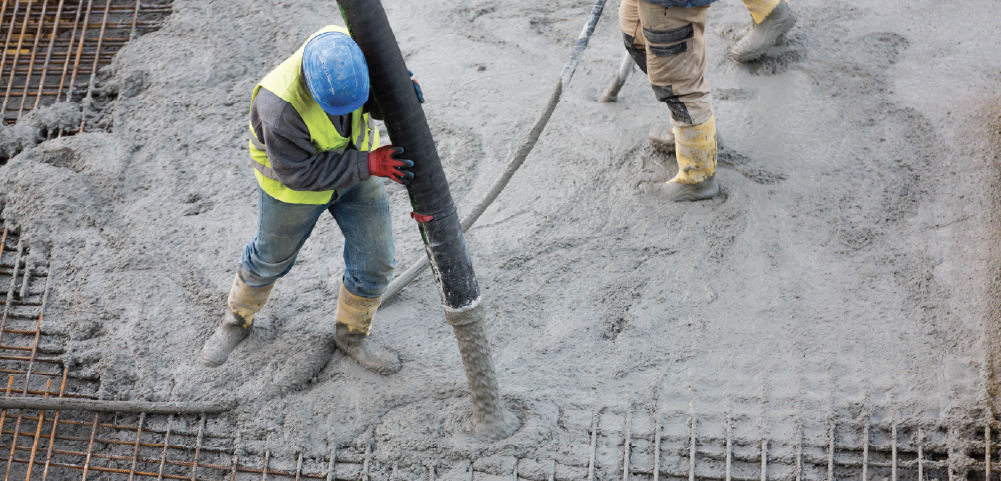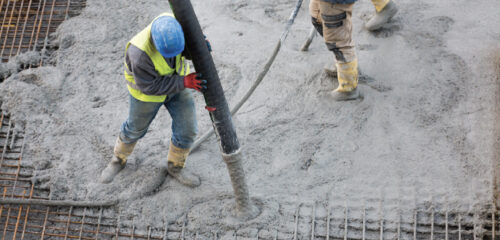
In the construction industry, competition for jobs is fierce, and you can’t be sure you’ll win every project you bid. So, the key to success often lies in expanding your capacity to bid more potential jobs in order to increase your chances of winning. Here are our top tips for increasing your bid production speed by 50% or more.
The Standard Construction Bidding Process
The process of bidding construction jobs evolves as new technologies become available, but at its heart it doesn’t change. You’ll always need to take steps to find new possible jobs, decide whether to bid on them, create an estimate, and submit a proposal.
In the current environment, contractors find new project information in a variety of ways, including of course primarily personal connections and referrals. According to STACK’s 2020 industry survey data, approximately half of contractors use a planroom or lead gen service, and 25% utilize business development and cold calling.
Spreading your resources across multiple methods for project seeking is your best bet for finding the right projects to bid. If you’re looking for where to get started, try Dodge Data & Analytics.
The workflow for estimating and submitting proposals also varies, from paper and pen to sophisticated software tools, and everything in between. This is where most contractors can really increase efficiency in their bidding process.
The Impact of Doubling Bid Production
You know you won’t win every project you bid, but here’s how it might look if you increase your chances.
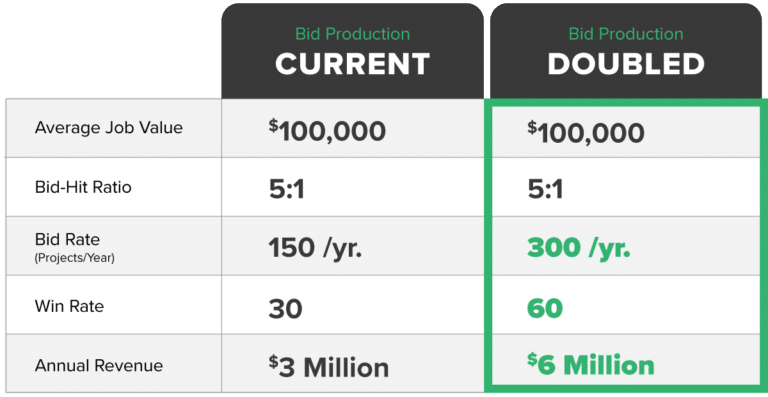
How to Become More Efficient in Compiling Estimates for Your Construction Bid
The first step to improving efficiency is tracking your current process to understand where you’re successful and where you could do better.
Set a specific time period – maybe a week or month, depending on how many jobs you typically bid – and track how much time you spend on each task from identifying the job to submitting the proposal. It might help to visualize your process on a whiteboard, labeling steps, time to complete, and any return to previous steps in the flow. Think about things like:
– How much prep happens before takeoffs? Do you spend time printing and transporting paper plans? If you use software, how long does it take to organize plans and documents before you can get started measuring? How much time do you spend searching for items on plans?
– Could your takeoffs be streamlined? How could your takeoff process improve? If you’re working on paper, what impact would switching to an onscreen process have? If you use construction takeoff software already, what parts of your workflow still hold you up?
– Is there a better way for your team to collaborate? Track time spent sending files among colleagues, waiting for answers to questions via email, and even if projects get derailed if someone is out sick.
– How to do you handle creating estimates? When you have your takeoff complete, what happens next? Note if you spend time transferring data between different software solutions or typing it into Excel or another tool from paper. Do you need to look up materials in a pricing guide for each project? How do you determine your markup for each job?
– What needs to happen between creating an estimate and submitting a proposal? Once you have your selling price determined, how does that information get conveyed to the general contractor? Do you retype estimate information into another platform like Microsoft Word and copy over your company logo?
When you break down each of these steps, and any others required in your own individual way of working, and assign time spent to each per project, you can begin to use actual data to spot key opportunities for an improved workflow. Identify your top 2 or 3 blockers and focus on refining those stages first.
What Are Some Ways to Repurpose Previous Construction Bids?
Because each project is different, of course you can’t simply copy a bid and change the name of the GC. But, there are several ways to make parts of your process repeatable so you can remove extra steps.
Takeoff Template Libraries
Look for material takeoff software that allows you to save templates of takeoffs you do most frequently. If you do a lot of takeoffs for asphalt parking lots, for example, you’d be able to save that takeoff for future use. With this feature, you can even attach items and assemblies to those templates, so you’ll have instant access to the materials you’ll need for the job.
Estimate Templates
Similar to a takeoff library, software that allows you to save templates for non-measured costs in your estimates gives you the ability to apply the same costs for indirect expenses like equipment, permits, or freight charges so you don’t have to re-enter those commonly used amounts. It can be surprising how much rework functionality like this eliminates at scale.
Pre-Built & Custom Items & Assemblies
Storing your commonly used materials and sets of materials within your preconstruction software means they’re all just a click away. Look for software that offers common items and assemblies included within the platform already, but that also allows you to customize your own. Once this library is built, you can apply each set to any applicable projects quickly without needing to reference pricing lists and do calculations for your measurements.
Automated Bid Proposal Generation
A winning bid is a professional bid, and your proposal should reflect your brand and look the part. You can seek out precon software that will allow you to save your company logo, your terms and conditions and any other boilerplate copy you have. You’ll also want a tool with options to include subtotals and grouping of your pricing so you can present your breakdown however you’d like. Generating bid-ready proposals directly from your estimates will help streamline your workflow.
3 Tips for Increasing the Speed of Your Construction Bidding Process
Speeding up the tasks of takeoffs, estimates, and proposals leaves you and your team more time and space for critical thinking, number crunching, and relationship building, rather than duplicating work that could be digitized. Here are 3 ways to make those tasks go faster.
- Choose a comprehensive preconstruction platform. Software is important, but it’s equally essential to choose one that will allow you to use your data in all the ways you need to. The greatest takeoff software and the greatest estimating software separately still require manual work to move your data around. Find a tool that connects these two disciplines and turns your process into a smooth flow without extra steps.
- Look for ways to connect your data outside the platform. A tool that integrates with many other software options, such as accounting, bid management, and field communication tools, and one that offers an open API so that you can customize your own connections with any proprietary platforms your company uses, will give you a leg up when analyzing previous project data, forecasting, billing, and more.
- Find software that’s easy to use, intuitive, and with strong customer support. A tool with lots of bells and whistles that you can’t figure out won’t make your preconstruction go any faster. A technology platform that offers plenty of resources and training, and one that listens to its customers and takes suggestions for new features is your best bet for continuing success as you grow.
Bonus tip: Few if any of these improvements are possible in today’s construction environment without access to cloud-based tools. When you’re evaluating new options, be sure to consider how accessible the platform is on all your devices and at any location where your team may need to work. Moving from paper to an old-fashioned desktop software may improve your processes a bit, but it won’t set you up to double your bid production like the cloud can.
For more information on what to look for in your preconstruction software, download this checklist that can help you evaluate tools.

